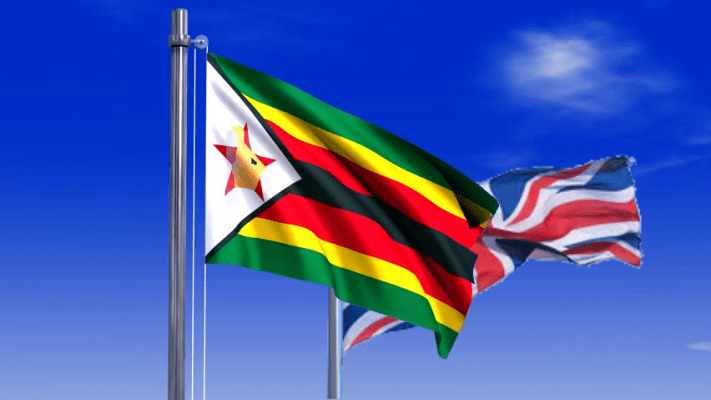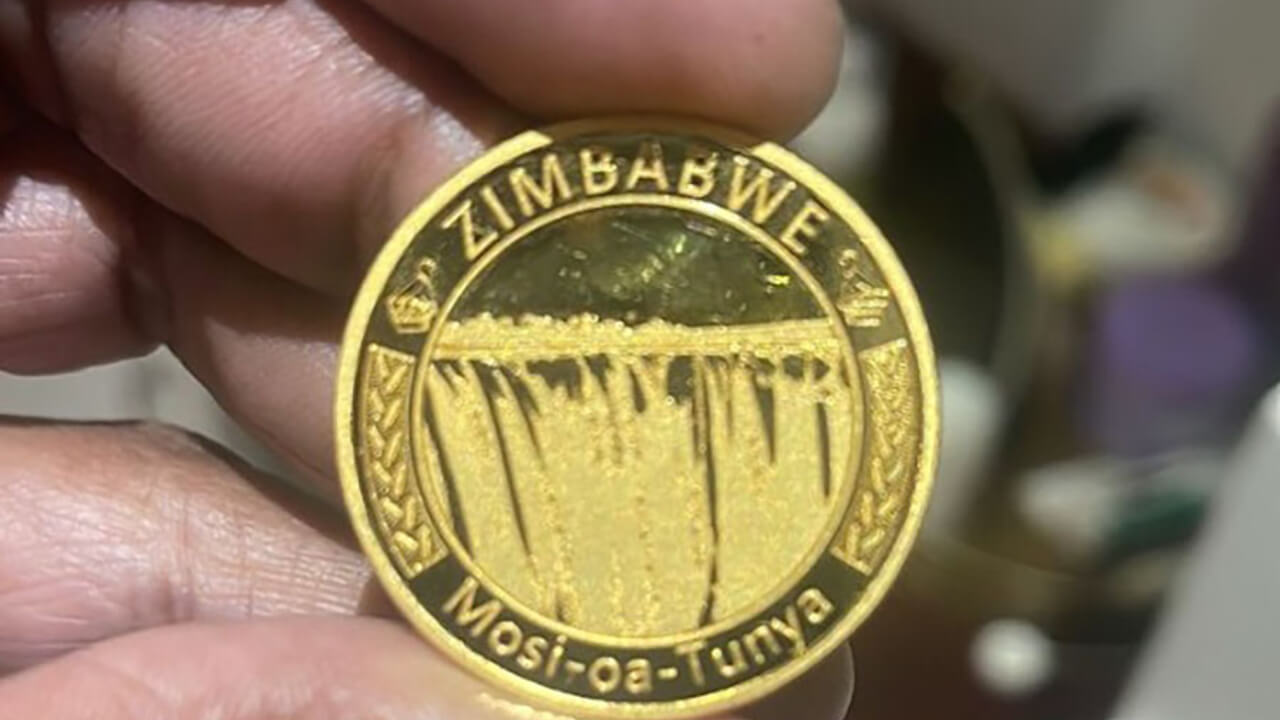Electricity generation improves
ELECTRICITY generation continues to improve resulting in significantly fewer hours of load shedding compared to the last few weeks, with Hwange Power Station having increased generation capacity.
According to daily electricity generation figures from the Zimbabwe Power Company’s X handle (formerly Twitter), the country was generating 1 374MW yesterday, with Hwange producing 975MW, Kariba 399MW and nothing from the small thermal stations.
On Saturday, 1 589MW was being generated with Hwange on 975MW, Kariba 614MW and nothing from small thermals.
Last Friday, 975MW were being produced with Hwange on 675MW, Kariba 300MW and zero from small thermals.
With Hwange Power Station ramping up generation, Kariba has reduced generation as authorities try to save water ahead of the rainy season which is expected to bring normal to below normal rainfall due to the El Nino phenomenon.
The overall water ration for each power station at Kariba was cut around the middle of this year by the Zambezi River Authority as it became apparent that rainfall had been below normal over southeast Angola, where most of the Zambezi water comes from.
When power generation declines, load shedding increases.
Zimbabwe continues to pursue options that will result in increased power generation as it seeks to be energy self-sufficient and then consider exporting to the region.
Load shedding increased recently when power generation plunged to about 600MW from all power plants including Hwange Power Station, Kariba South Hydro Station and small thermal power stations.
As Zimbabwe gallops towards achieving energy self-sufficiency, the country’s power imports decreased by 56,5 percent in the second quarter of the year as ongoing improvements in power generation infrastructure continue, so as to reduce imports and ease load shedding.
A report released by the Zimbabwe National Statistics Agency (ZimStat) last Thursday shows that 375,9GWh of electricity was imported in the second quarter of this year, representing a 56,5 percent quarter-on-quarter decrease from 863,4 GWh imported in the first quarter.
Zimbabwe, like other regional countries, had been contending with serious power outages, but investments in increased power generation, especially at Hwange Power Station where an additional 600MW have been added, have largely changed the situation.
The country invested US$1,4 billion in the expansion of Hwange Power Station, where Units 7 and 8 were constructed.
Hwange’s Unit 7 was successfully synchronised with the national grid in March, a development that improved electricity availability. ZimStat reports that during the second quarter of the year, Eskom of South Africa supplied 50,6 percent of all imported electricity, Hidroeléctrica de Cahora Bassa of Mozambique 36,8 percent while Electricidade de Moçambique provided 5,8 percent.
The 6,8 percent was obtained from the Day Ahead Market, Southern African Power Pool (DAMSAPP).
Further, the report states that the volume of electricity distributed in the second quarter of 2023 was 2 038,2GWh, reflecting a 1,77 percent increase from 2 002,9GWh distributed in the first quarter of this year.
In late February, power generation at Hwange Thermal Station dropped to 74MW, the lowest for the country’s biggest thermal station, which has an installed generation capacity of 1 520MW, resulting in more imports.
The situation was also exacerbated by the Kariba Hydropower plant, which was operating sub-optimally due to low water levels, resulting in the Zambezi River Authority curtailing power generation to around 300MW.
But electricity supply has significantly improved since the successful synchronisation of Hwange’s Unit 7 on March 20, followed by synchronisation of Unit 8.-chronicle











